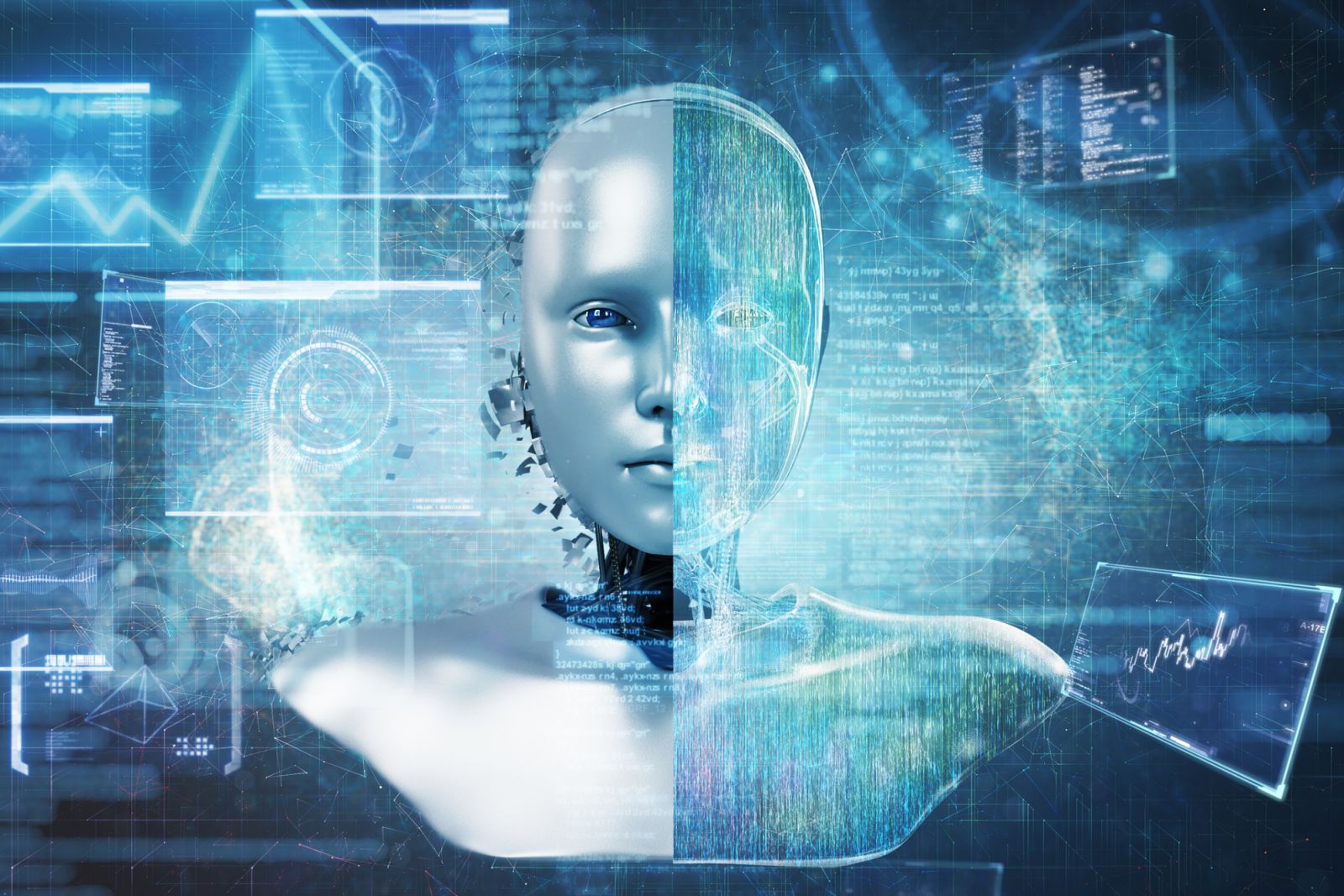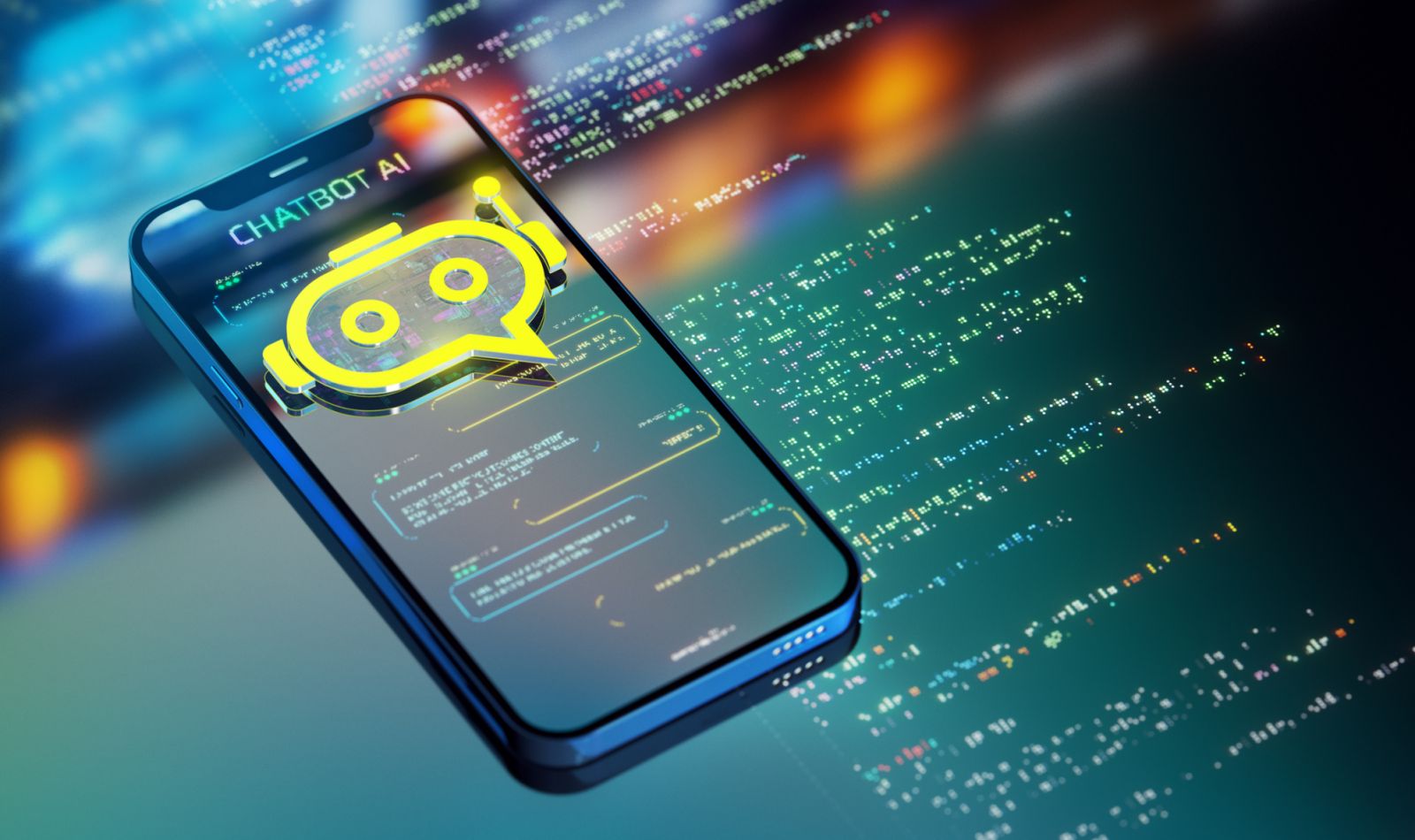AI technologies can be exploited to create and disseminate false information, posing significant challenges to social discourse. However, these same AI tools also hold promise as powerful weapons in the battle against disinformation
While fake news is not a new phenomenon, its proliferation today is unprecedented. But disinformation goes beyond the mere fabrication of invented news stories. It often includes genuine material used out of context or manipulated content.
The pervasiveness of artificial intelligence (AI) has complicated the task of verifying authentic news, contributing to a decline in trust in journalists.
Edelman’s 2024 Trust Barometer—a global survey involving 28 countries and more than 32,000 respondents gauging public trust in media, governments, NGOs and businesses—finds journalists to be the least trusted profession with 64 percent of respondents, saying they are purposely trying to mislead people with stories they know are false or by using gross exaggeration.
Read more: How digital media is changing the way we consume news
If mistrust wasn’t bad enough, there is also a widespread perception that language model-based chatbots such as ChatGPT-4 or Gemini could render journalists obsolete. Disinformation erode trust in institutions, deepen societal divisions and undermine informed decision-making.
But AI itself could be an antidote to its own creations. AI systems can provide comprehensive yet user-friendly explanations for classifying and detecting fake news.







